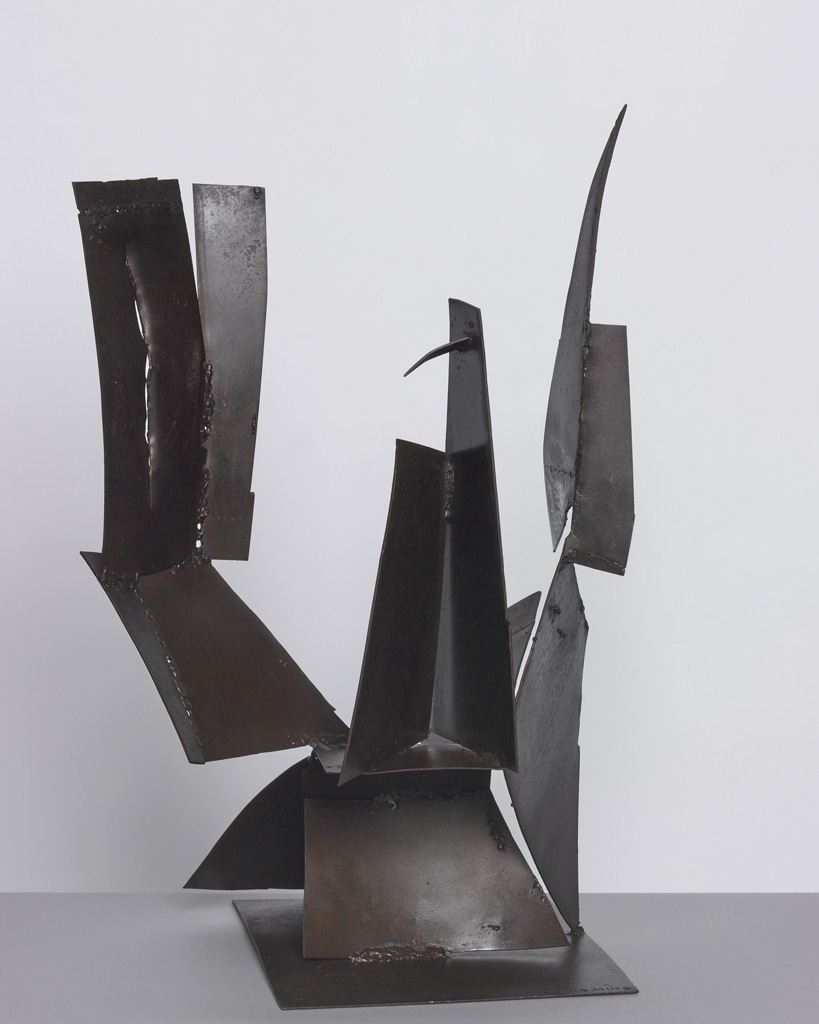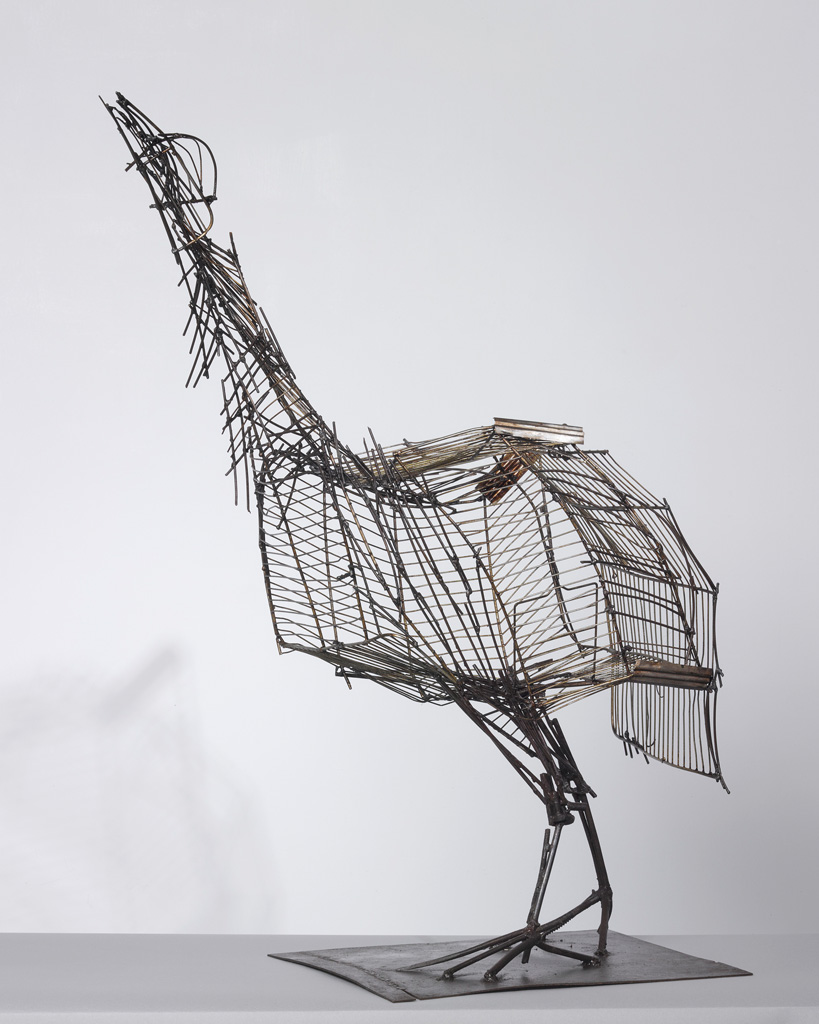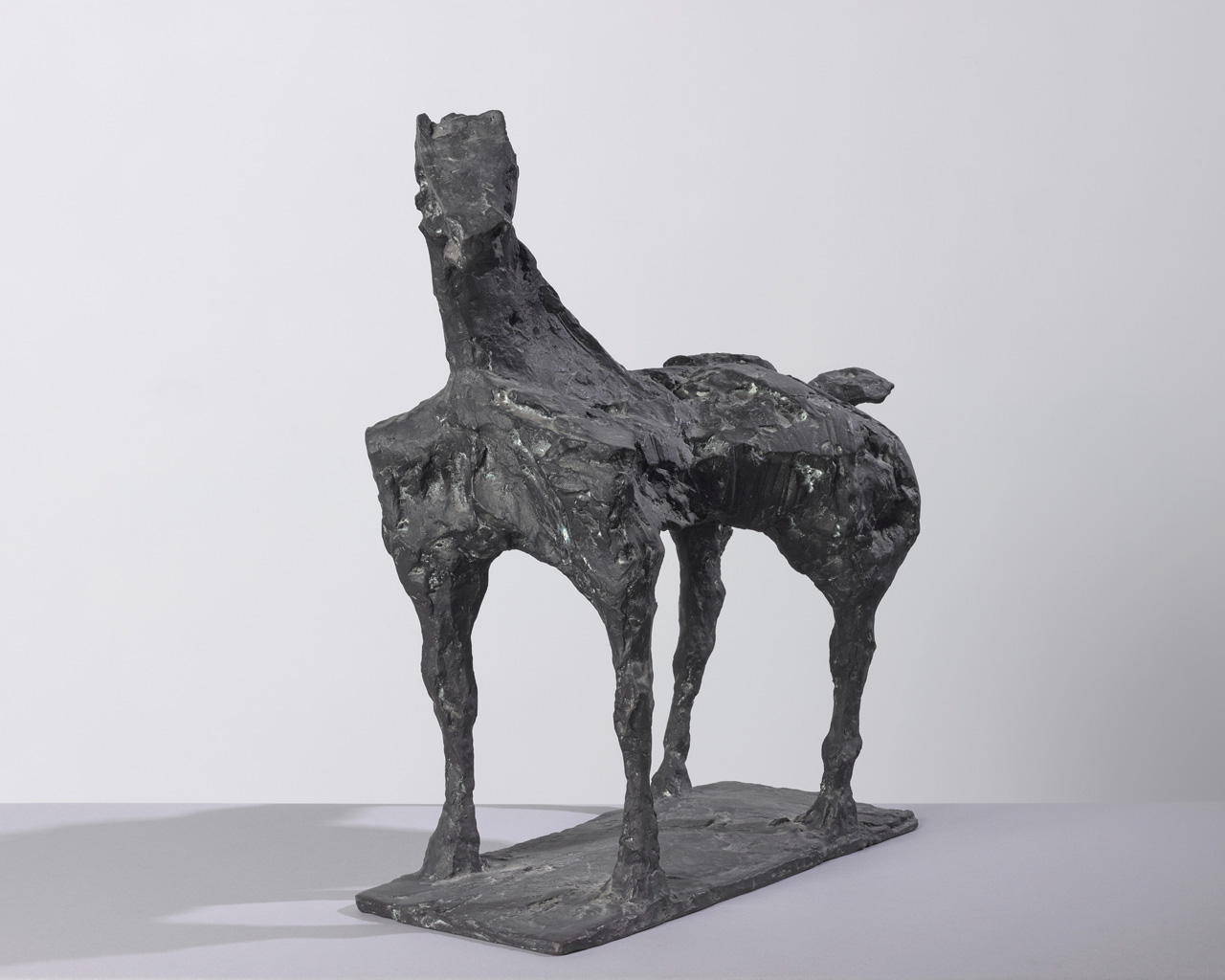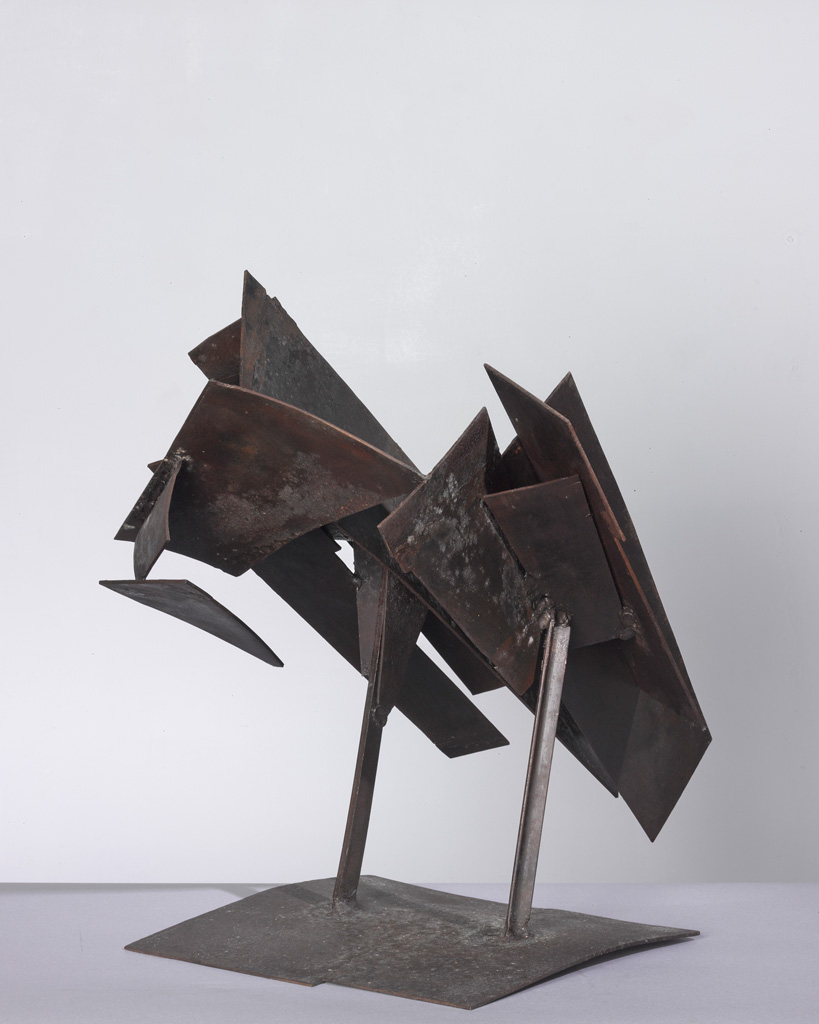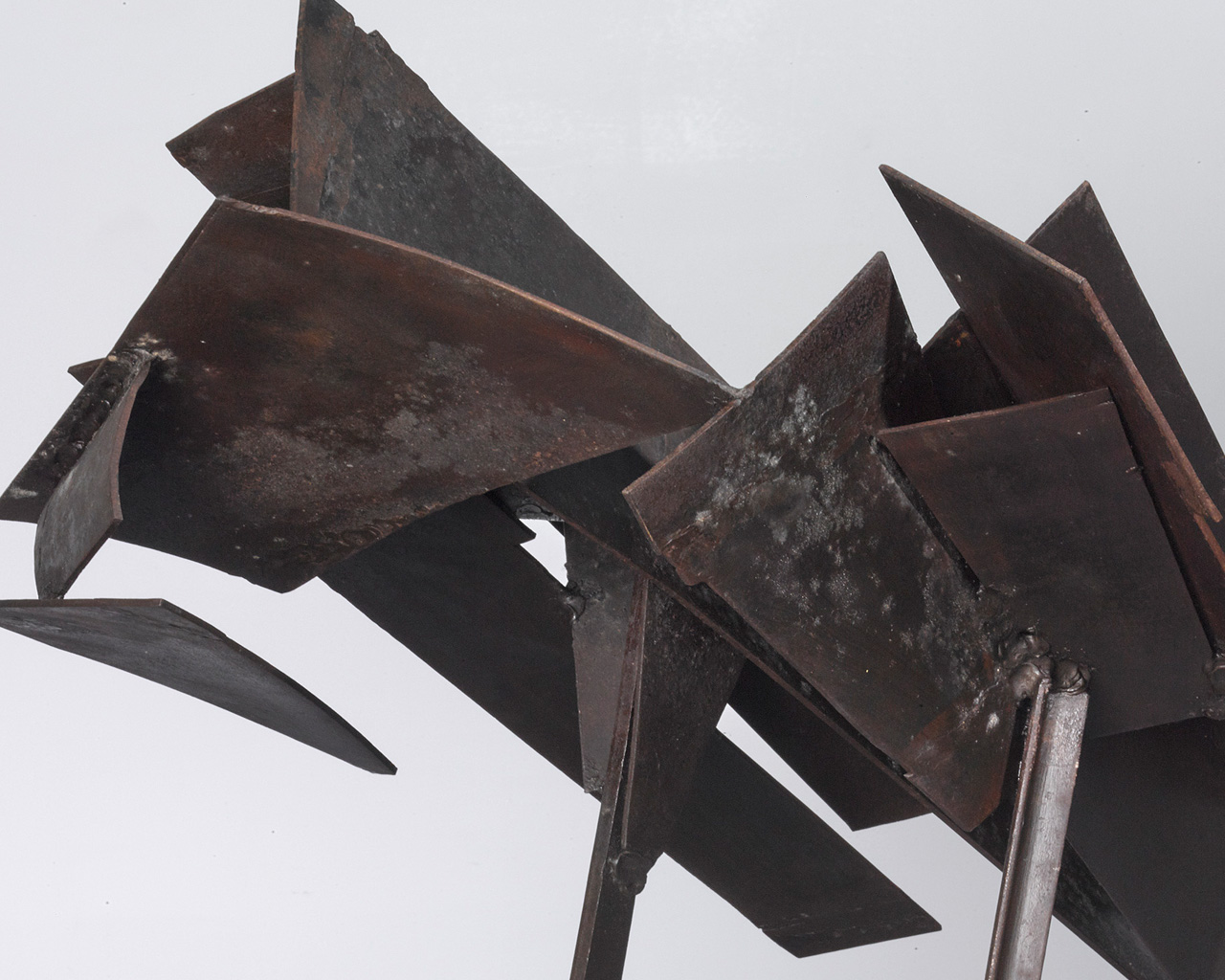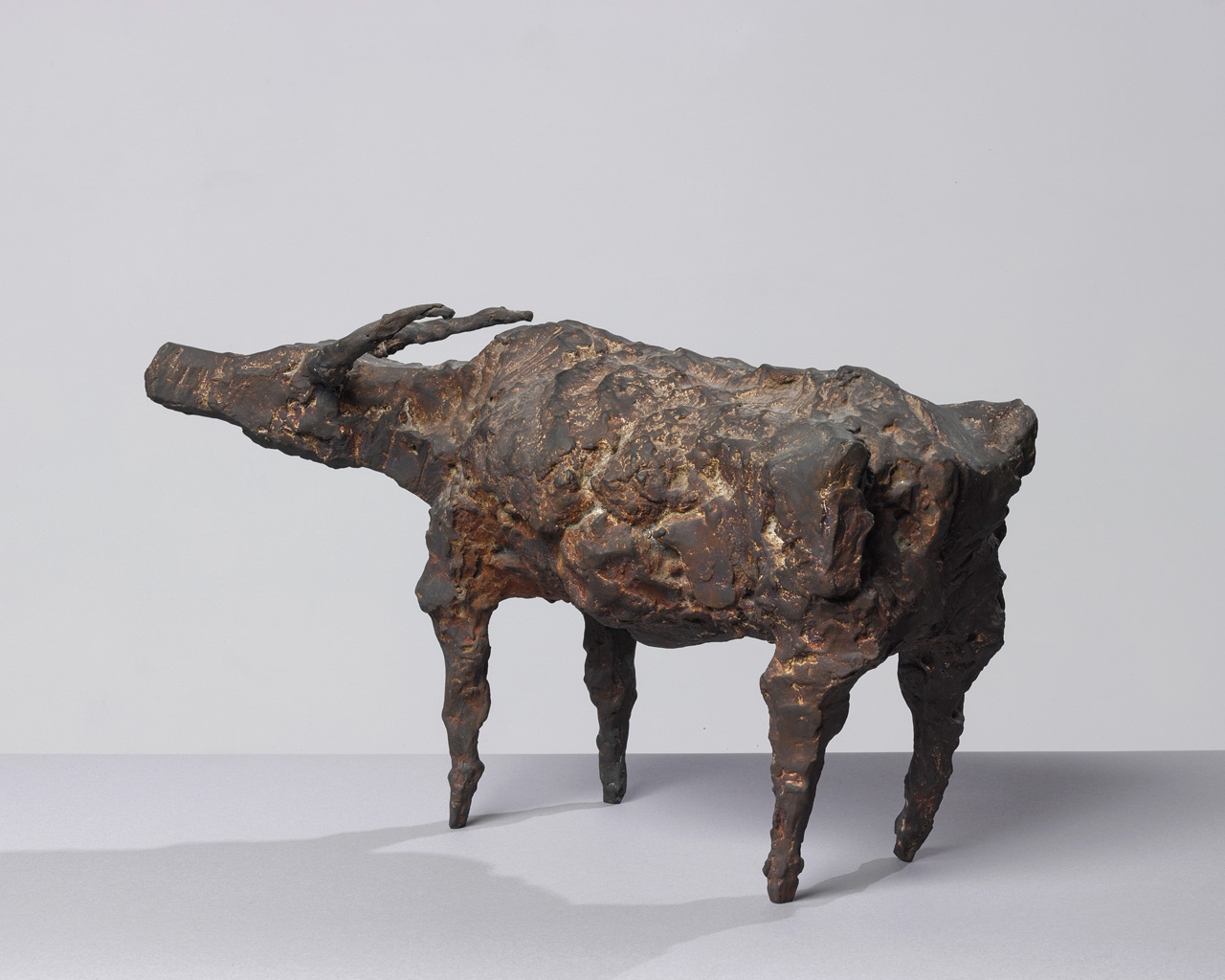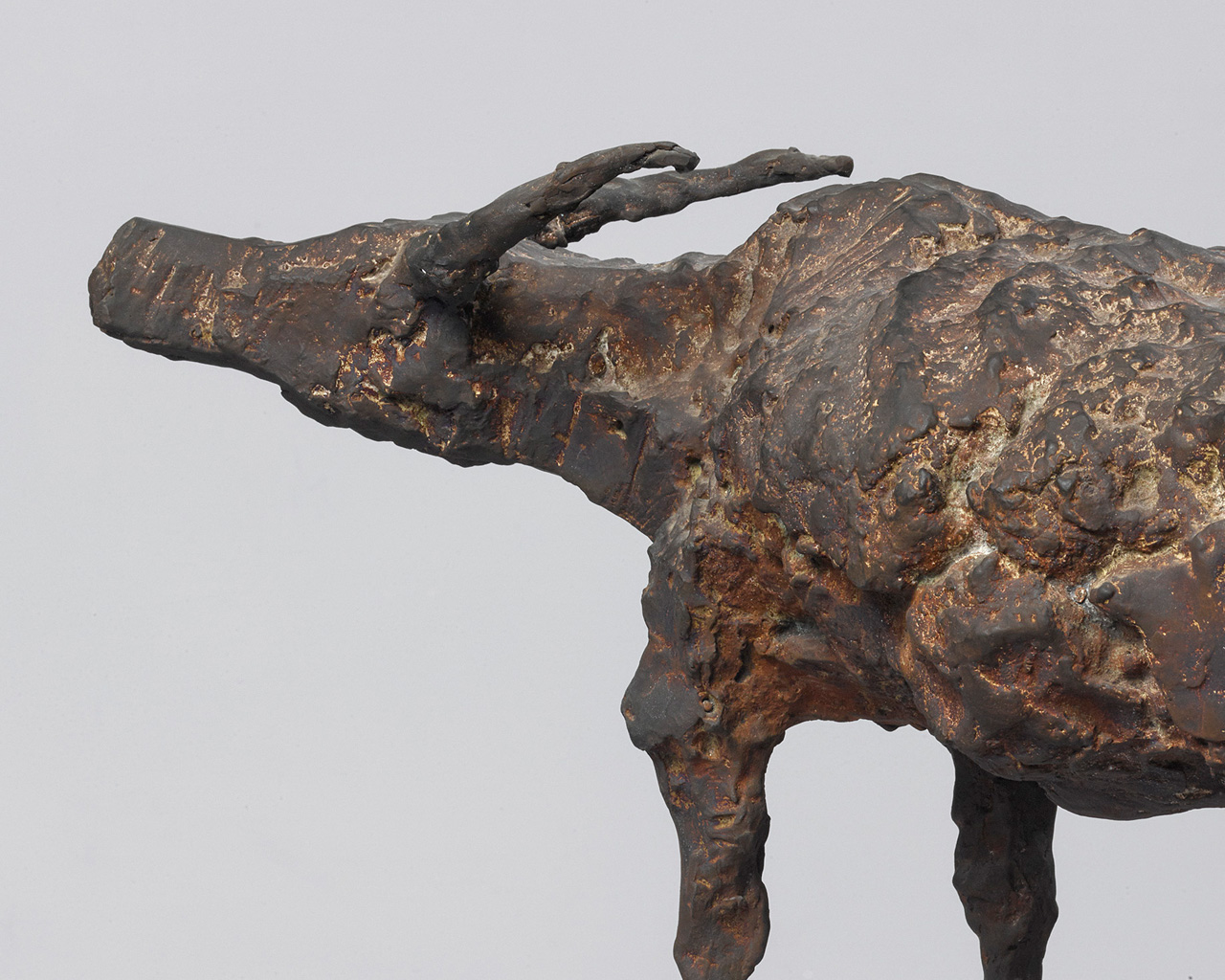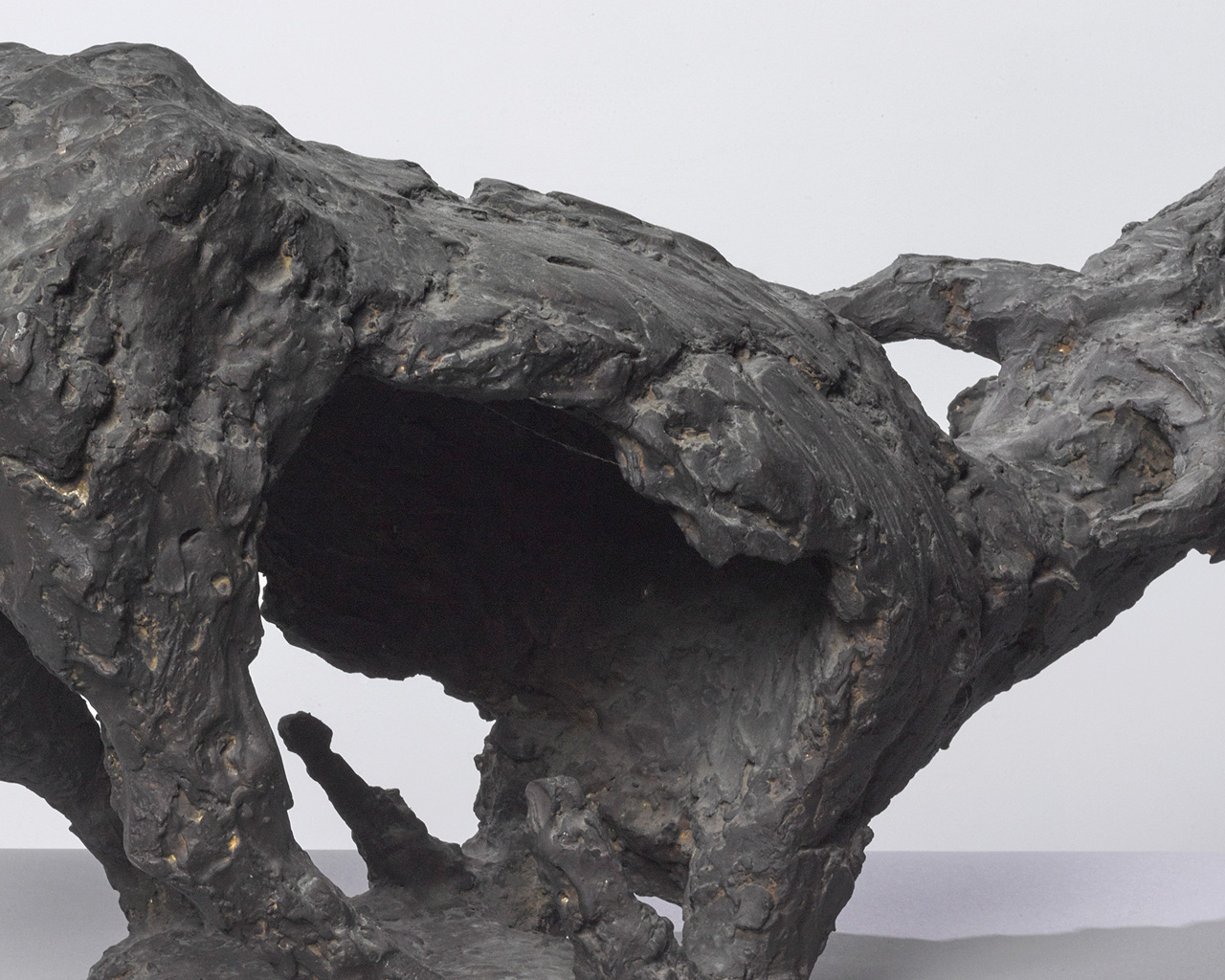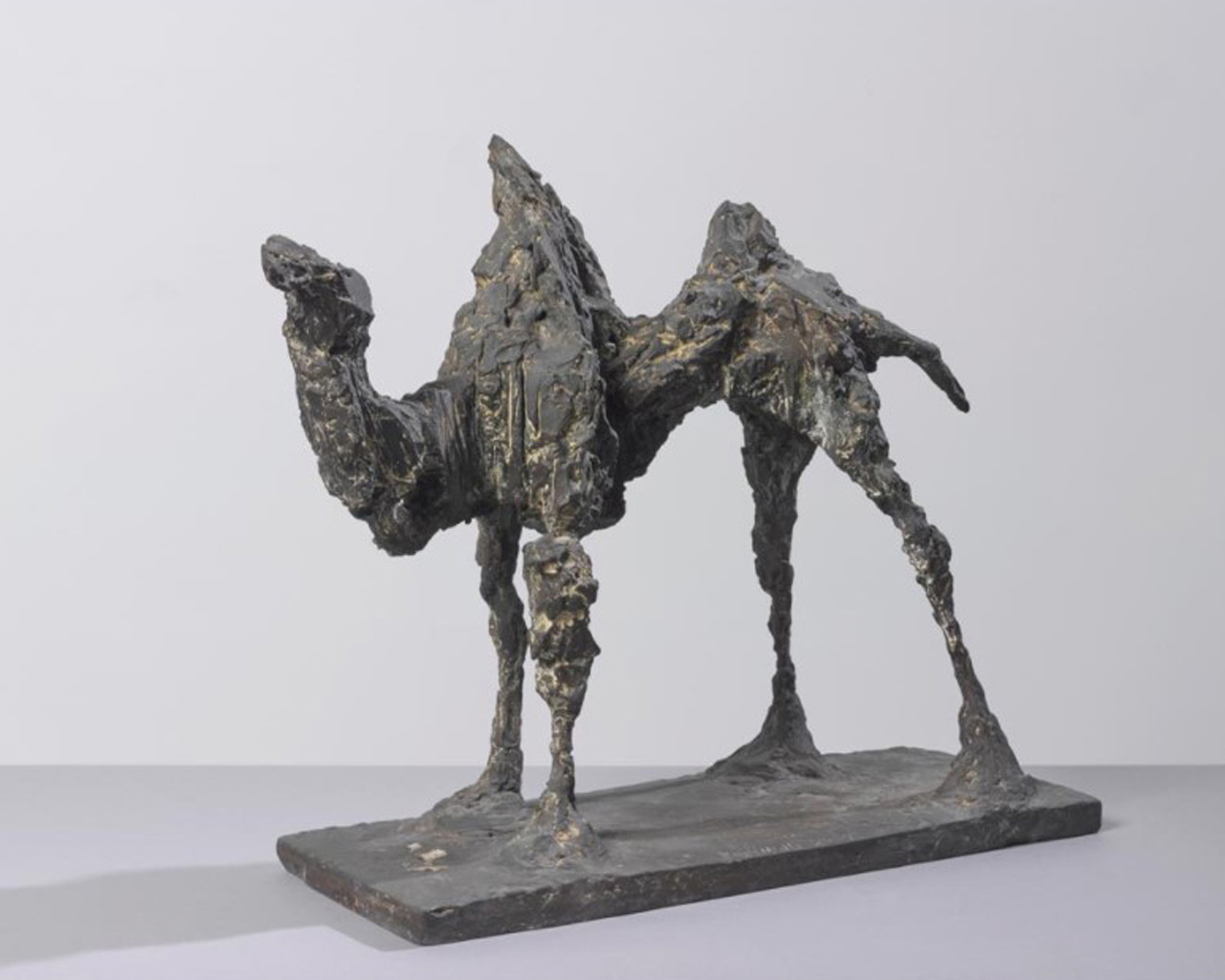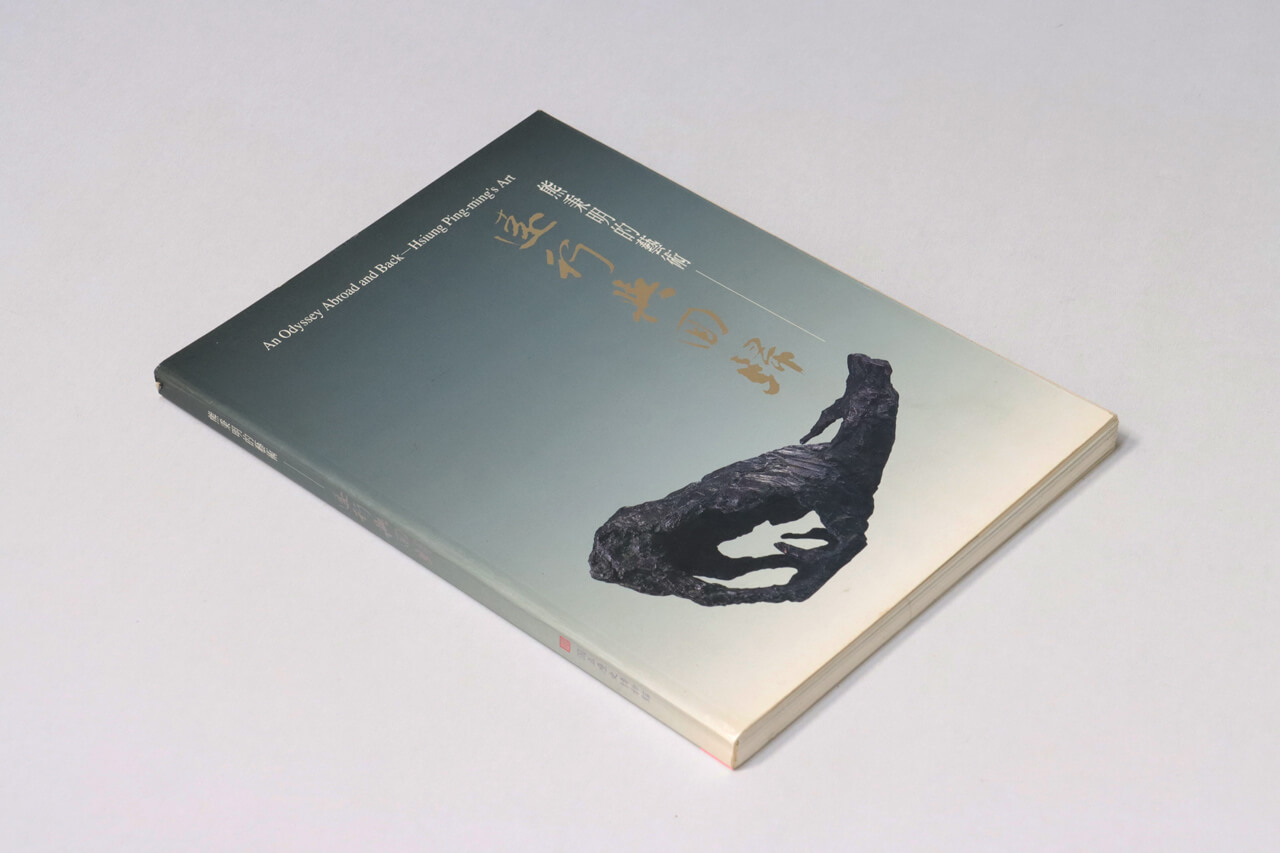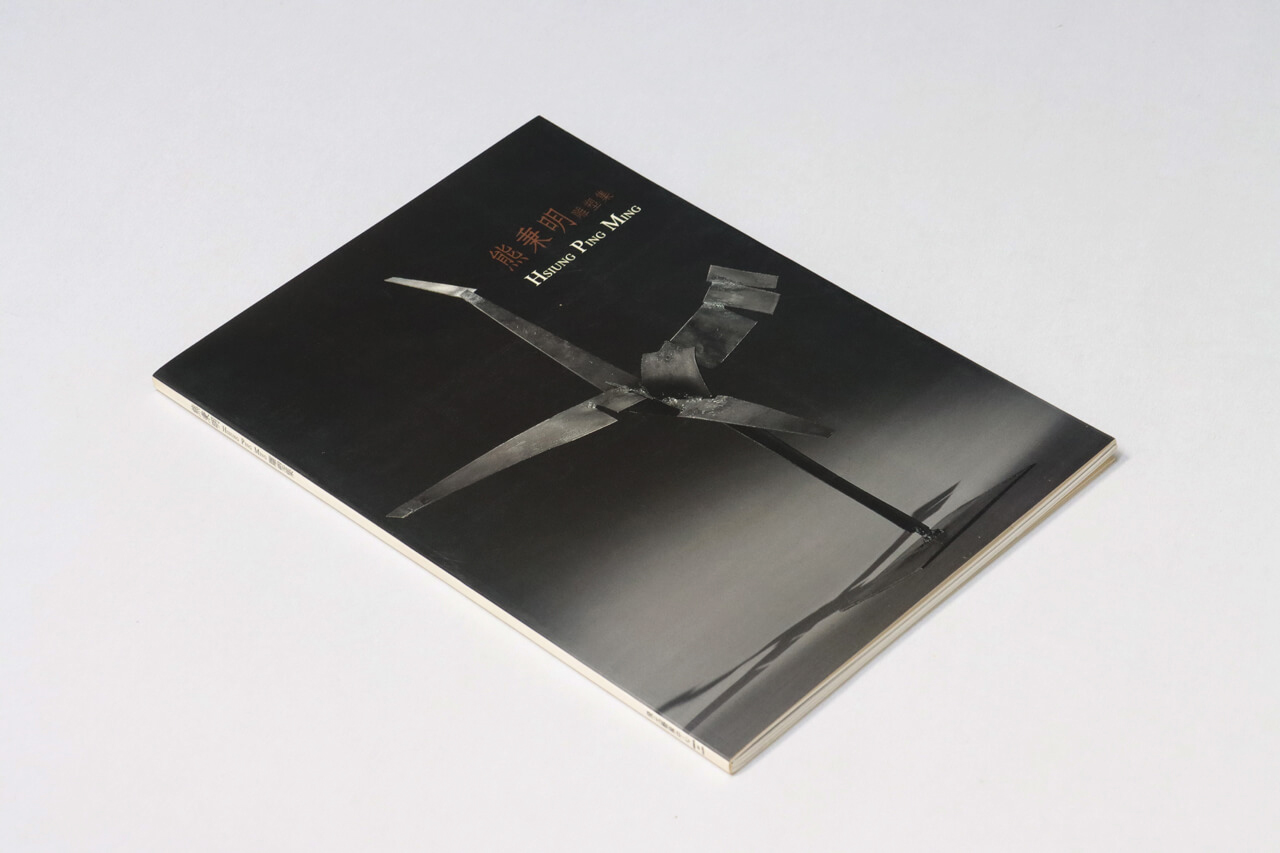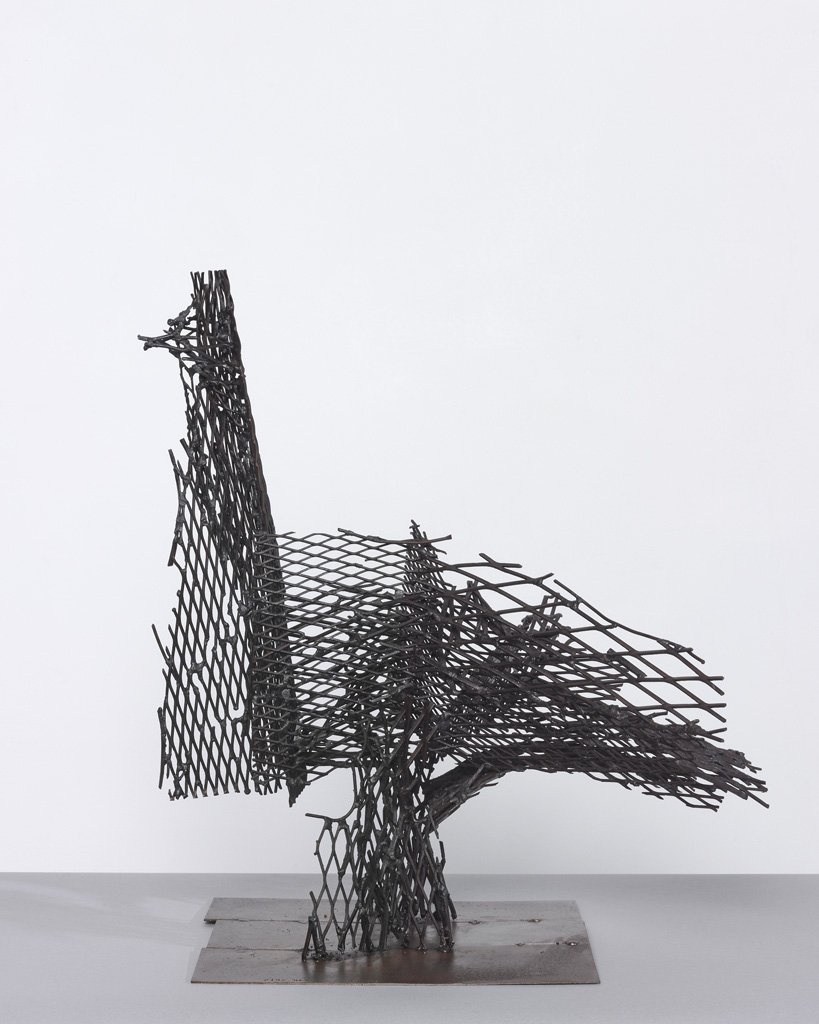01
About Hsiung Ping-Ming 關於熊秉明
About Hsiung Ping-Ming 關於熊秉明
⌈My artistic practice is always multi-pronged.As early as the 1960s, painter Walasse Ting(丁雄泉) poked fun at me: “You engage in sculpture, painting, calligraphy, writing, and teaching, which is nothing if not portmanteau. How can you fatten up four or five chickens at the same time with merely a handful of rice?” I think his words make sense. However, I’ve been racked with indecision over which chicken to be kept and which to be abandoned. In the end, I’ve to keep them all, rendering them inevitably skinny. They’re so scraggy as my latest work [Crane] comprising no other thing than certain hard iron sticks.|Hsiung Ping-Ming(熊秉明)⌋ |
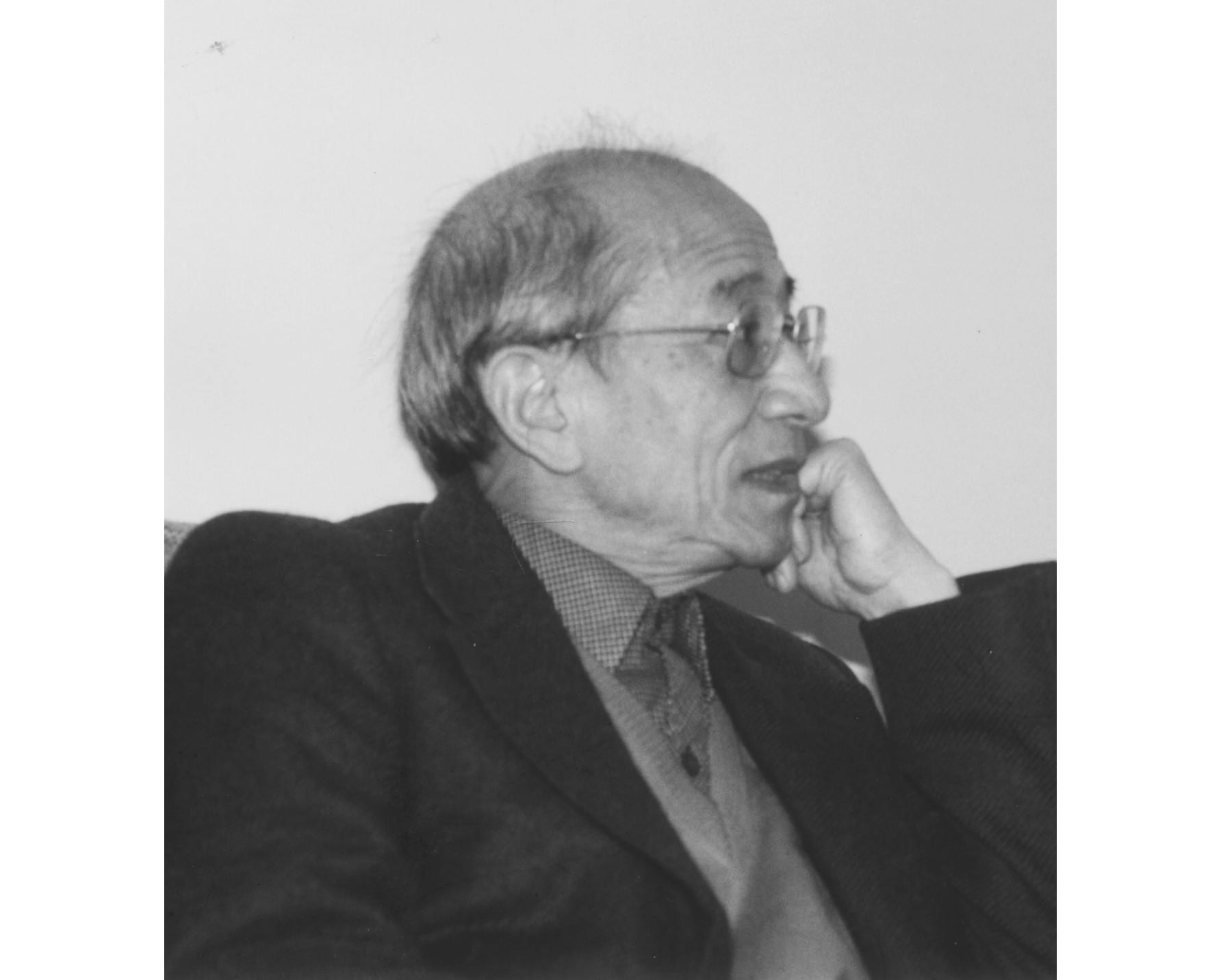
|Artist Hsiung Ping-Ming (1922-2002)
Hsiung Ping-Ming was born in Nanjing, China in 1922. His ancestors hailed from Mile County, Yunnan Province. He graduated from the Department of Philosophy and Psychological Education, National Southwestern Associated University in 1946, and enrolled at the University of Paris as a state-financed student of philosophy in 1947. He visited Marcel Gimond’s studio in 1948, and ergo decided to be a sculpture major instead of a philosophy one. He taught at the National Institute for Oriental Languages and Civilizations from 1962 and retired in 1989. In 1999, he was invited to stage “A Touring Exhibition of Hsiung Ping-Ming’s Art—An Odyssey Abroad and Return” in Beijing, Shanghai, Kunming, Taipei, and Kaohsiung. In 2002, he suffered from a sudden cerebral hemorrhage and passed away in Paris at the age of 80.
Hsiung Ping-Ming was an erudite artist who devoted his energy to poetry, calligraphy, watercolor, printmaking and papercutting. He also published several monographs, including About Rodin: Selections from My Diary and The Theoretical System of Chinese Calligraphy. Nonetheless, his achievement in art manifests itself mainly in his sculptures.
Hsiung Ping-Ming’s sculptures can be roughly categorized into two series in terms of form. The first is the “Soldering Series” in the 1950s featuring minimalism and abstraction. The second is the “Bronze Sculpture Series” after he resumed artistic creation since 1960, which is sensitively realistic in style and brimful of kneading traces.
⌈Of all the Chinese artists in the 20th century, none spent so much energy as Hsiung Ping-Ming did in studying and discussing sculpture."In each epoch, each nation’s understanding of its own existence finds expression in sculptures. Be they statues of gods, heroes, or women, sculptures faithfully mirror a nation’s ideal of existence in its time," Hsiung said|Fan Di-An(范迪安), Art Critic⌋ |
Hsiung Ping-Ming, Pigeon, 1959, 69x39x46cm, Iron
|
Hsiung Ping-Ming, Wire Bird, 40x70x92cm, Iron
|
Hsiung Ping-Ming, Horse, 1966, 48x50x28cm, Bronze
|
Residing in France for more than five decades, Hsiung Ping-Ming once talked about the development and practice of Chinese culture in the Occident. He stated:
⌈I’m a seed of Chinese culture alighting on the occidental land. I put down roots and sprout, without knowing the color my blossom will wear. Red, purple, or gray? Neither do I know what fruits I’ll yield. Will they be sweet, sour, or as astringent as unripe persimmons? The consequences are absolutely unpredictable.This is an experiment on my own life. So far, how’s the experiment going? Entering my twilight years, I have no choice but to present my humble fruits in front of my friends. I feel neither proudness nor inferiority. It’s just the result of the experiment.
|Hsiung Ping-Ming(熊秉明)⌋ |
Hsiung Ping-Ming was an erudite scholar and artist. He reflected on his own cultural genealogy when residing in the Occident and responded to the arts he cognized with his unique and inclusive insights. His art is not only oriental but also occidental. Art critic Shao Da-Zhen argued:
⌈The aesthetic delight and style of Hsiung’s oeuvre bear the signature of Chinese traditions and that shared among all nations in the world. His oeuvre belongs to the 20th century, and, of course, embodies his personality.
|Shao Da-Zhen(邵大箴), Art Critic⌋ |
